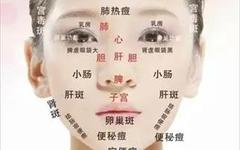Observation Diagnosis
1. Observing Spirit
The severity of the condition relies on observing the spirit; calmness indicates a yin condition, while agitation suggests a yang condition.
Blood deficiency and fluid loss often lead to confusion; dullness and depression are signs of emotional distress.
Restlessness and exhaustion indicate a depletion of qi; heat in the heart can cloud the spirit.
Fatigue is seen after prolonged illness; if the chest feels clear, there is no need for alarm.
2. Observing Color
The rise and fall of qi and blood can be assessed by color; yellow indicates dampness, while red suggests heat.
Green indicates wind, associated with the liver; kidney issues often present as black.
White indicates cold pathogens affecting the lungs; bright colors versus dull colors indicate internal versus external conditions.
Chronic and acute conditions must be distinguished.
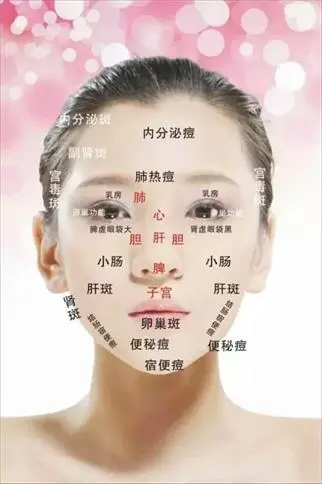
3. Observing Shape
Observing shape is also important; distinguish between obesity and emaciation.
Obese individuals often have excess dampness leading to phlegm; strokes and convulsions can occur from excessive labor.
Thin individuals have insufficient fluids and blood deficiency; excessive fire can lead to fatigue and cough.
Nails, muscles, skin, and tendons are important for clinical differentiation.
4. Other Shapes
Angular deformities indicate spasms; facial asymmetry suggests wind.
Hair loss and discoloration can indicate lung issues; skin and nails reflect blood deficiency.
Stiff neck indicates wind-heat; spasms in hands and feet suggest acute conditions.
Lower limb weakness indicates atrophy; tremors and paralysis vary in presentation.
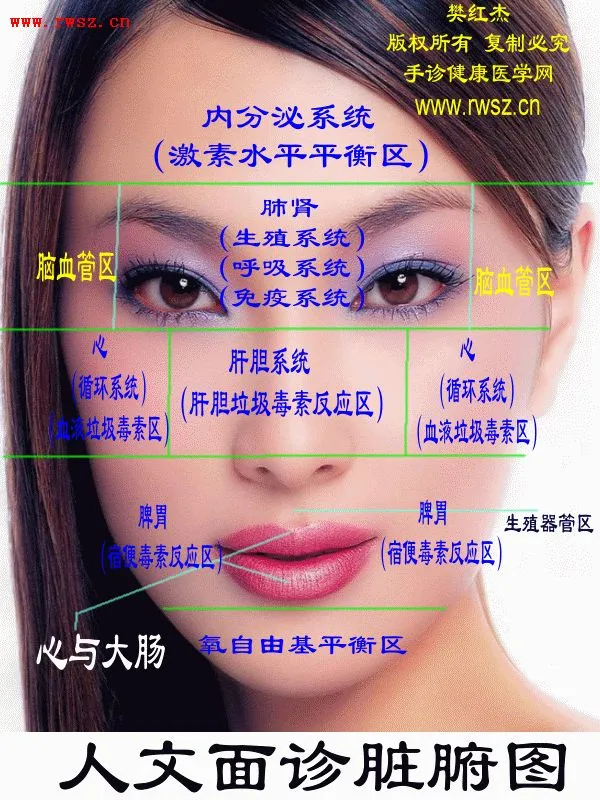
5. Observing Head and Face
Swelling of the head and face indicates severe conditions; kidney inflammation can cause swelling and sores.
Bulging fontanelle indicates excessive heat affecting the brain; conversely, congenital deficiencies can lead to weakness.
Fontanelle closure indicates kidney qi deficiency; shaking of the head must differentiate between chronic and acute conditions.
Chronic illness leads to weakness, indicating deficiency; sudden onset of wind pathogens can affect strong individuals.
6. Observing Hair
Normal black hair indicates health; white hair suggests blood deficiency.
Yellow hair indicates heat; hair loss suggests essence deficiency and dryness.
Dry hair indicates severe deficiency; healthy hair reflects good health.
Blood and qi not depleted indicate a good prognosis; sweating and wheezing indicate lung issues.
7. Observing Eyes
Bright eyes indicate vitality; dull eyes suggest deficiency.
Yellow sclera indicates jaundice; red, swollen eyes suggest liver heat.
Eyes open during sleep indicate spleen deficiency; sudden loss of vision indicates severe liver issues.
Dilated pupils indicate a critical condition; fixed gaze suggests poor prognosis.
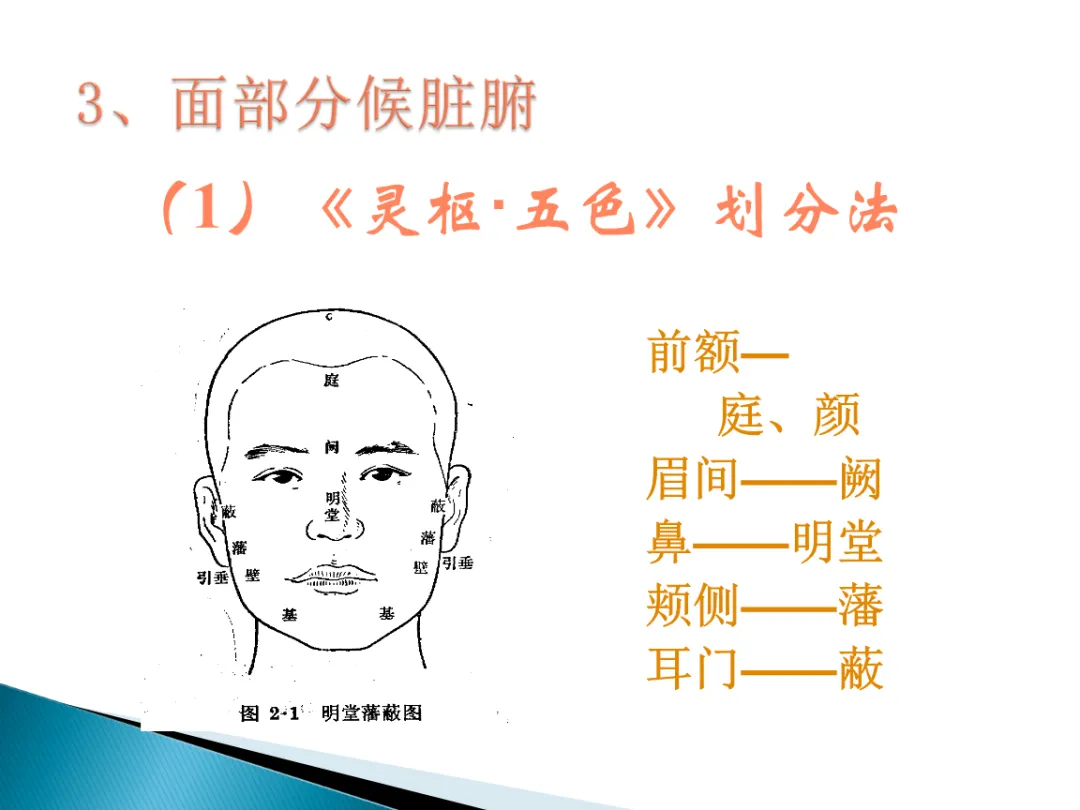
8. Observing Nose Color
A dark nose indicates deep heat toxicity; red suggests wind-heat affecting the spleen and lungs.
White indicates qi deficiency or blood loss; black suggests water retention.
Nasal flaring indicates lung heat; nosebleeds often indicate heat injuring yin.
Clear nasal discharge indicates wind-cold; turbid discharge indicates wind-heat.
9. Observing Lips
Locked lips indicate spasms or stroke; open mouth indicates different conditions.
Oral ulcers indicate heart heat; canker sores indicate heat attacking the heart and spleen.
Asymmetrical lips indicate stroke; oral thrush indicates damp-heat.
Dry, cracked lips suggest dryness; chapped lips often indicate heat conditions.

10. Observing Tongue Shape
A prickly tongue indicates deep heat; swelling often suggests water retention.
A heavy tongue indicates heart and spleen heat; a thin tongue indicates excessive fire.
A long tongue indicates wind-qi deficiency; a curled tongue indicates a yin condition.
A stiff tongue indicates wind; a slippery tongue indicates dampness.
11. Observing Tongue Coating
A thick coating indicates phlegm-dampness; a greasy coating indicates external pathogens.
A slippery coating indicates normal cold dampness; a dry tongue indicates yin deficiency.
White coating indicates lung abscess; yellow coating indicates stomach heat.
Spots on the tongue indicate severe conditions; a white, moldy coating indicates difficult treatment.
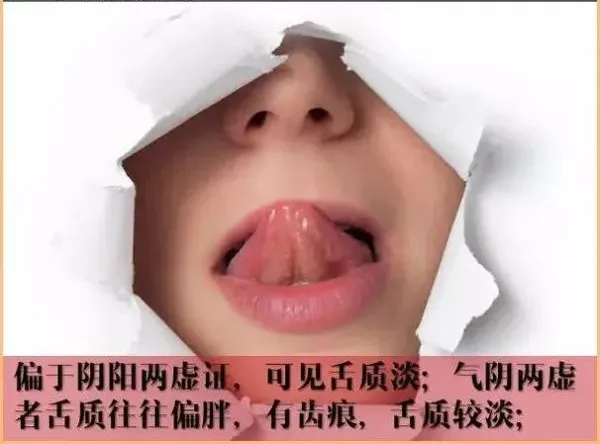
12. Red Tongue Indicates Disease
A bright red tongue indicates heat; yin deficiency can also be a factor.
Red sides indicate liver heat; a red tip indicates heart fire.
A mirror tongue indicates internal fluid depletion; a dry, red tongue indicates stomach yin deficiency.
Blood-tinged tongue indicates heart heat; red spots indicate heat in the blood.
13. Crimson Tongue Indicates Disease
A crimson tongue indicates heat affecting the nutrients; both qi and blood can be scorched.
Heat in the pericardium can lead to a crimson tongue; a dry tongue indicates stomach fire.
A crimson tongue with a greasy coating indicates dampness; a dry, shriveled tongue indicates kidney yin deficiency.
Crimson with red spots indicates toxic heat affecting the heart.
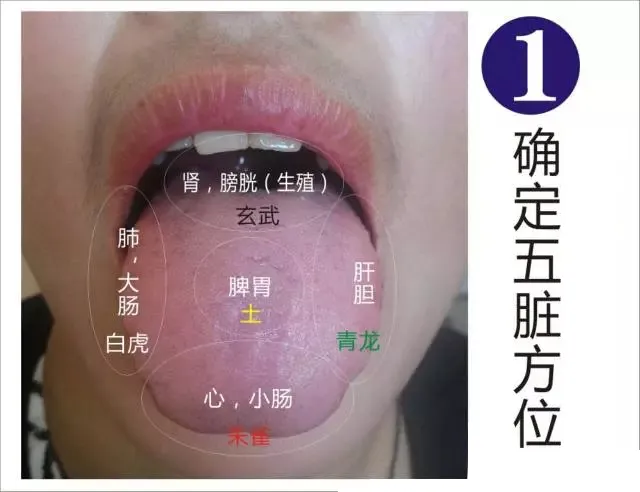
14. Purple Tongue Indicates Disease
A purple tongue indicates blood stasis; a dark purple tongue indicates internal heat.
Blue-purple indicates yin conditions; pathogens can directly affect the liver and kidney.
A purple tongue with a white coating indicates internal heat; post-alcohol consumption can lead to severe conditions.
A purple tongue with a dry yellow coating indicates excess heat in the organs.
15. White Coating Indicates Disease
White coating indicates external pathogens; wind-cold can lead to a white, slippery coating.
Internal phlegm-dampness can lead to a greasy coating; red edges indicate wind-heat affecting the lungs.
Yellowish-white indicates internal heat; thick white indicates severe conditions.
Powdery coating indicates severe dampness; a white, slippery coating indicates cold conditions.
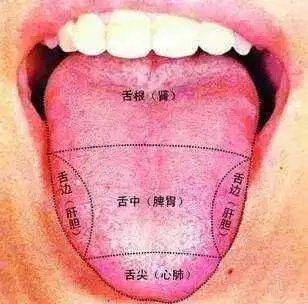
16. Yellow Coating Indicates Disease
Yellow coating often develops from white coating; yellow indicates internal heat.
Intermingled damp-heat leads to a yellow, greasy coating; thick yellow indicates excess heat.
Dry yellow indicates internal fire; cracks indicate severe conditions.
Deep yellow indicates severe heat; treatment must be precise to avoid complications.
17. Gray Coating Indicates Disease
Gray indicates internal heat; gray, dry coating indicates fluid depletion.
Dark spots indicate internal heat; gray indicates blood stasis.
Black, gray coating indicates severe conditions; delirium may occur.
Gray, slippery coating indicates spleen deficiency.
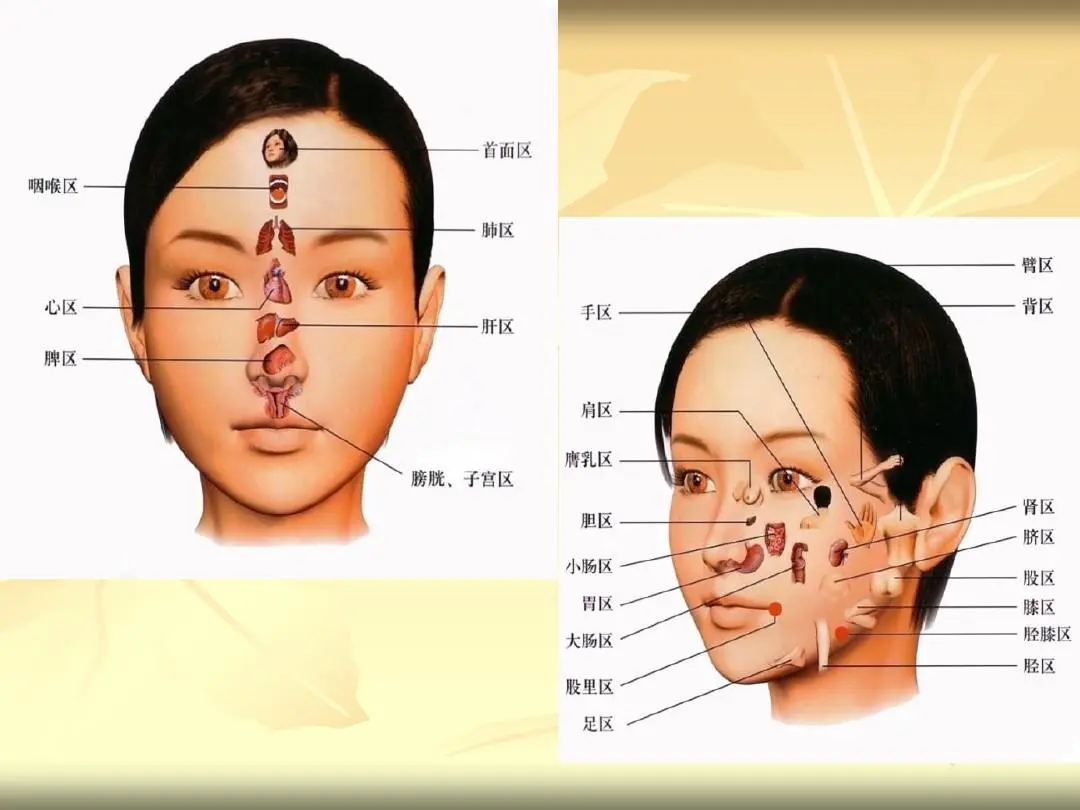
18. Black Coating Indicates Disease
A white tongue turning black indicates internal heat; a black tongue indicates severe conditions.
Black indicates dryness; a black, slippery tongue indicates cold conditions.
Severe heat in the lower jiao can lead to a dry root; a dry tip indicates heart fire.
19. Observing Phlegm
Thick phlegm indicates heat; thin phlegm indicates cold.
Phlegm with pus indicates lung abscess; blood-streaked phlegm indicates lung injury.
Chronic illness can lead to internal heat.
20. Observing Blood
Red blood indicates excess heat; pale blood indicates deficiency.
Dark red indicates stasis; purple indicates qi stagnation.
Black indicates severe stasis.
21. Observing Stool
Loose stools indicate cold in the intestines; dry stools indicate heat.
Blood in stools indicates spleen deficiency or hemorrhoids; pellet-like stools indicate severe deficiency.
Dysentery often presents with blood and pus; undigested food indicates spleen deficiency.
Black stools often indicate bleeding; deep yellow indicates internal heat.
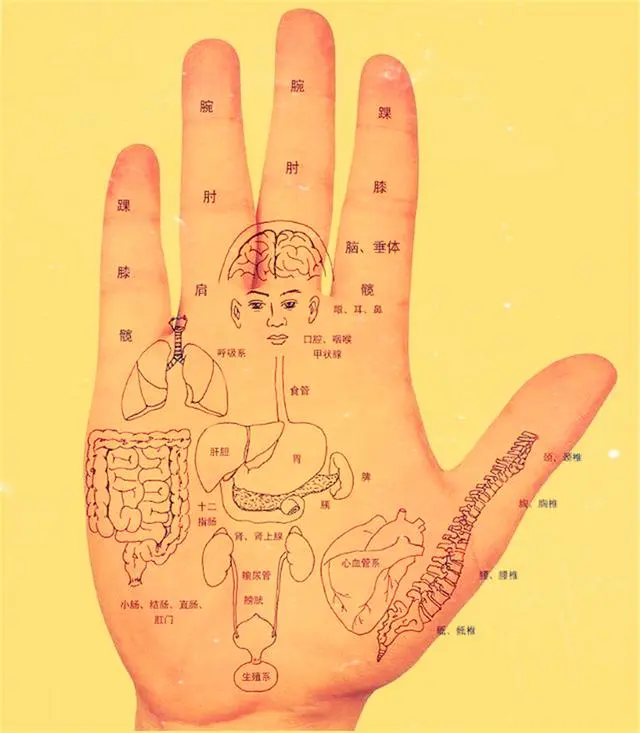
22. Observing Urine
Cloudy urine indicates damp-heat; blood in urine indicates bladder or kidney issues.
Deep yellow indicates liver heat; clear urine indicates cold deficiency.
Frequent urination indicates diabetes; scanty urine indicates heat or edema.
23. Observing Hands and Feet
Spasms in hands and feet indicate wind; joint pain indicates bi syndrome.
Hemiplegia often results from stroke; damp-heat can cause redness and pain.
Tremors indicate qi and blood deficiency; weak grip indicates deficiency.
Clubbing of fingers indicates lung-heart disease; foot deformities vary in presentation.
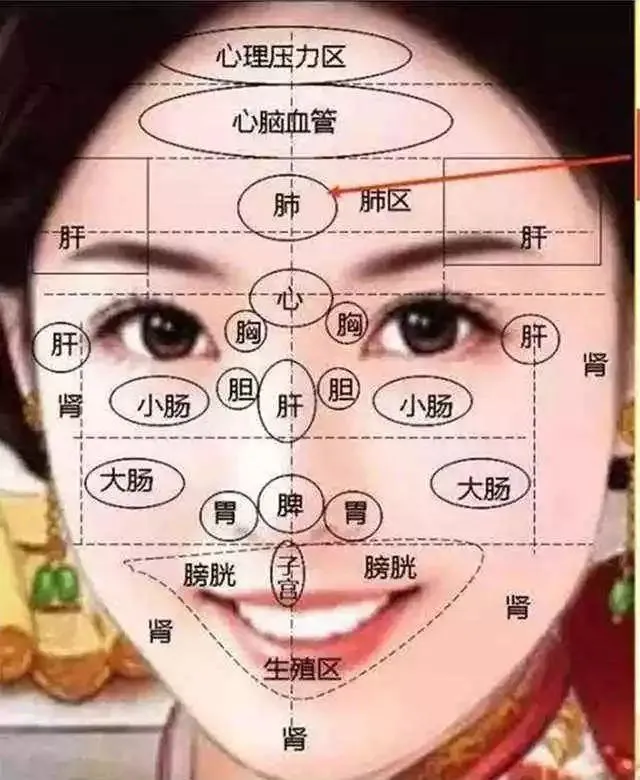
24. Observing Skin
Nail deformities indicate lung issues; hair loss indicates severe conditions.
Yellow skin indicates damp-heat; black skin indicates cold retention.
Red skin indicates heat or damp-heat; jaundice indicates severe conditions.
Measles and chickenpox have distinct symptoms that must be remembered.
25. Observing Chest and Abdomen
Soft cartilage indicates chicken breast deformity; barrel chest indicates emphysema.
Abdominal swelling indicates yang deficiency; pale skin indicates severe conditions.
Abdominal distension sounds like a drum; water retention sounds dull.
Sunken navel indicates chronic illness; protruding navel indicates edema.

